In the tranquil outskirts of Tamar, a quaint village nestled along the Jamshedpur-Ranchi Highway, lies a haven of divinity, the Deori Mandir. This sacred abode is home to Maa Deori, the revered sixteen-armed manifestation of Goddess Durga. As I revisit this timeless sanctuary after a prolonged hiatus, memories surge forth, weaving a tapestry of spirituality and folklore.

My rendezvous with Deori Mandir dates back to the twilight of the 1990s, a period marked by the advent of new beginnings as I embarked on a professional journey from New Delhi to Ranchi. Amidst the camaraderie of colleagues, tales of the enigmatic temple beckoned, igniting a curiosity that eventually led me to its hallowed precincts.
Durga is a warrior goddess, and she is depicted to express her martial skills. Her iconography typically resonates with these attributes, where she rides a lion or a tiger, and has between eight and eighteen hands, each holding a weapon to destroy and create. The main attraction is that the idol is having sixteen hands, normally goddess Durga is seen with eight or ten hands.
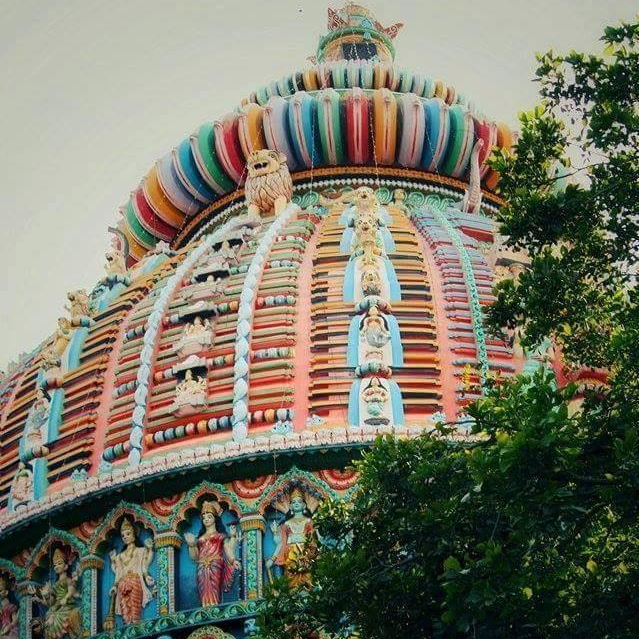
At the heart of Deori Mandir lies its pièce de résistance – the idol of Goddess Durga, bedecked with sixteen resplendent arms. This unique portrayal, deviating from the conventional depictions, exudes an aura of martial prowess and divine grace. Legends intertwined with the temple’s existence narrate sagas from epochs past, tracing its origins to the era of the Mahabharata.
Among the myriad narratives enshrined within its ancient walls, one resonates with the valour of Emperor Ashoka (Reigned ca. 268 – ca. 232 BCE) and his entreaty for divine intervention during the Kalinga War (ca. 260 BCE). The saga of a visionary king, stirred by celestial dreams, unveils the temple’s hidden sanctum amidst dense foliage, echoing the whims of destiny and devotion.
According to folklore, a king of Tamar, believed to be in the 18th century, once saw a dream. The goddess told him that there was a temple in Deori, where she must be worshipped. Villagers, as directed by the king, cleared a forested patch to find a small temple with a stone statue of Durga. Ever since the deity is worshipped here.
Legend has it that whoever has tried to alter the structure of the temple has had to face the wrath of the gods and suffer consequences. Therefore, new construction is being done from outside keeping the original temple intact.
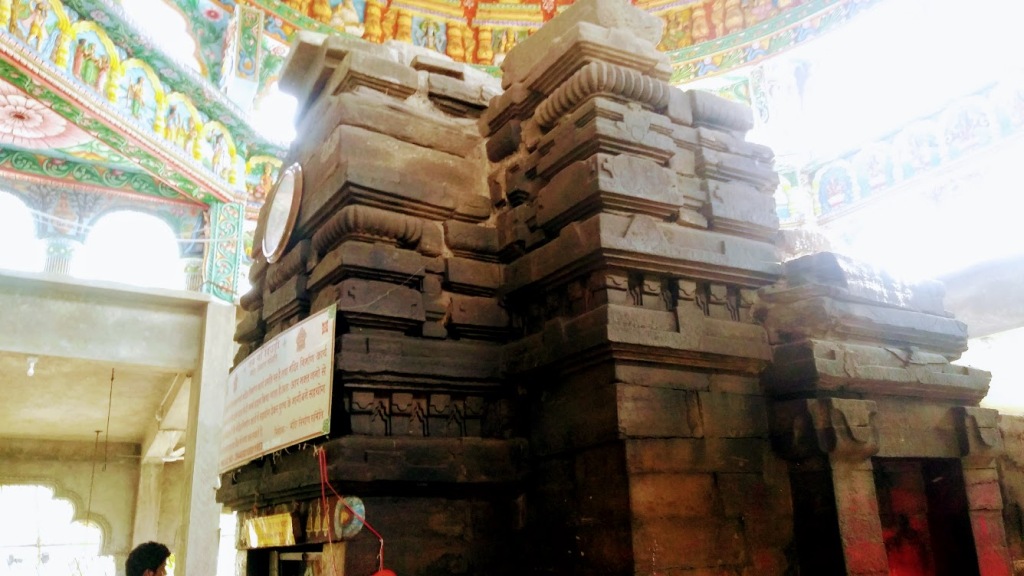
In the basic structure of the temple, the stones were built by placing them on top of each other, without any cementing material in between, like many ancient structures. In the precincts of the temple, the ancient idol of Maa Durga with sixteen hands, as well as the idol of Lord Shiva, is enshrined. In the Mundari language, the word ‘deori’ means ‘stone’. Both the idol and the temple are made of stone.
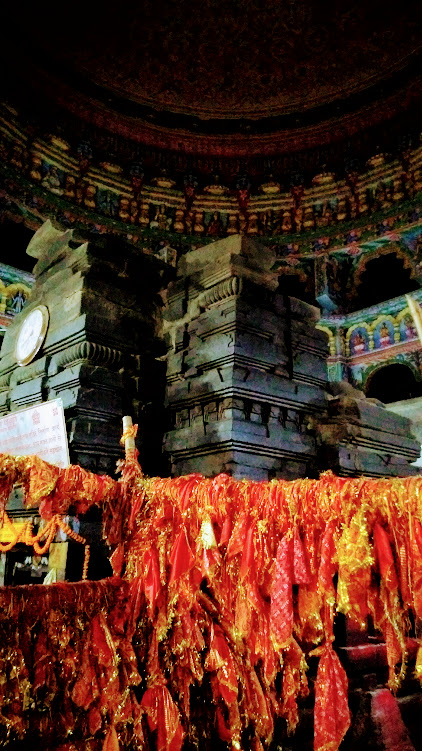
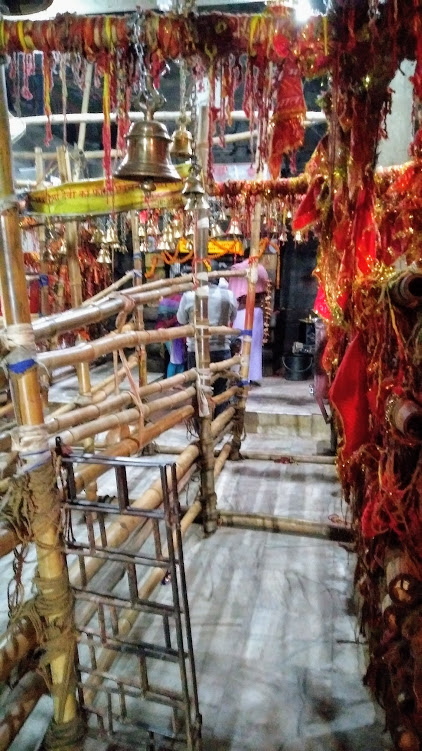
The sanctity of Deori Mandir reverberates beyond its storied past, transcending time to become a sanctum of solace and supplication for seekers of serenity. The architectural marvel, crafted with stones stacked in seamless harmony, pays homage to ancient craftsmanship, standing as a testament to enduring faith.
As devotees converge to pay homage, vibrant threads of red and yellow adorn bamboo poles, a symbolic gesture of reverence and aspiration. Within the tranquil confines, echoes of prayers blend with whispers of the wind, resonating with the timeless rhythm of devotion.
Amidst the throngs of pilgrims seeking solace, one figure stands out – the illustrious MS Dhoni, erstwhile captain of the Indian cricket team. His reverence for Maa Deori transcends the realm of sports, weaving a bond of spiritual symbiosis that spans over a decade. In the annals of cricketing glory, his trysts with the divine stand as a testament to the sanctity of Deori Mandir.
As I bid adieu to the sacred precincts, a sense of tranquillity envelops my soul, a lingering reminder of the timeless allure of Deori Mandir. In the ebb and flow of life’s tumultuous currents, its ancient stones stand as silent sentinels, guarding the essence of faith and fortitude for generations to come.
In the embrace of Maa Deori’s benevolence, I find solace, and in the timeless echoes of her temple, a sanctuary of the spirit endures, beckoning pilgrims on a journey of reverence and remembrance.
सर्वमङ्गलमाङ्गल्ये शिवे सर्वार्थसाधिके ।
शरण्ये त्र्यम्बके गौरि नारायणि नमोऽस्तु ते ॥
ॐ जयंती मंगला काली भद्रकाली कपालिनी ।
दुर्गा क्षमा शिवा धात्री स्वाहा स्वधा नमोऽस्तुते ॥

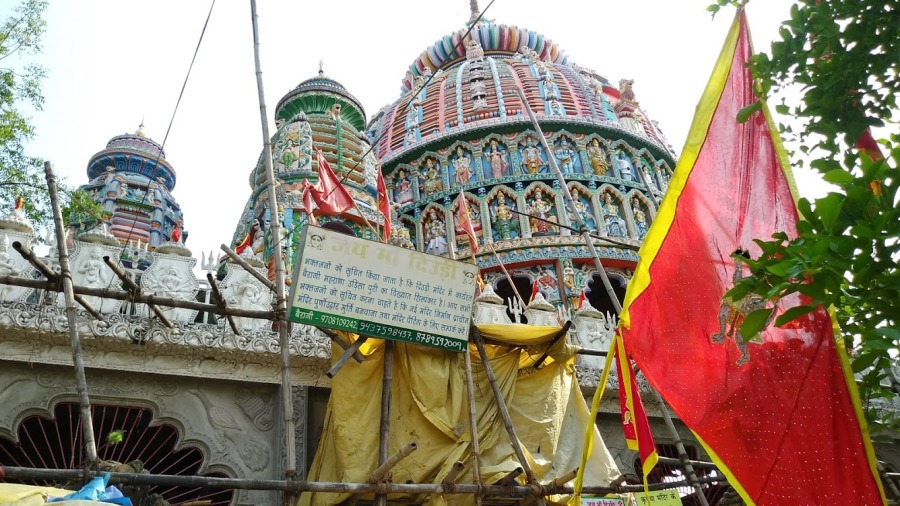


Interesting to read about the temple where tribal priests worship the deity of Durga Ma with 16 hands. The dome of the temple is very beautiful. Many of these ancient structures are built of stones interlocked with each other and have survived for a very long time. Thank you for sharing.
LikeLiked by 2 people
Thanks, Somali.
LikeLiked by 1 person
Glad to come across this post on Deori Mandir!
LikeLiked by 1 person
Thanks, Mrinalini.
LikeLike
Nice to know these facts about Deori mandir. Been there number of times.
LikeLiked by 1 person
Reblogged this on World beneath the feet and commented:
The famous Deori Mandir near Ranchi is an all-time favourite for the people of this city.
LikeLiked by 1 person
Thanks, Abhi. You’re right.
LikeLiked by 1 person
Just now visited this temple…so old and yet not known.Great place…requires govt attention for infrastructural dev.
LikeLike
Yes, you are right. A small improvement in the tourist infrastructure can make it a big religious tourism attraction.
LikeLike
Nice Blog!! Very beautiful place! Pictures are great,Thanks for sharing.
LikeLiked by 1 person
Thanks, Chitra.
LikeLike
Nice story! Beautiful temple.
LikeLiked by 1 person
Thanks, Nilanjana.
LikeLike